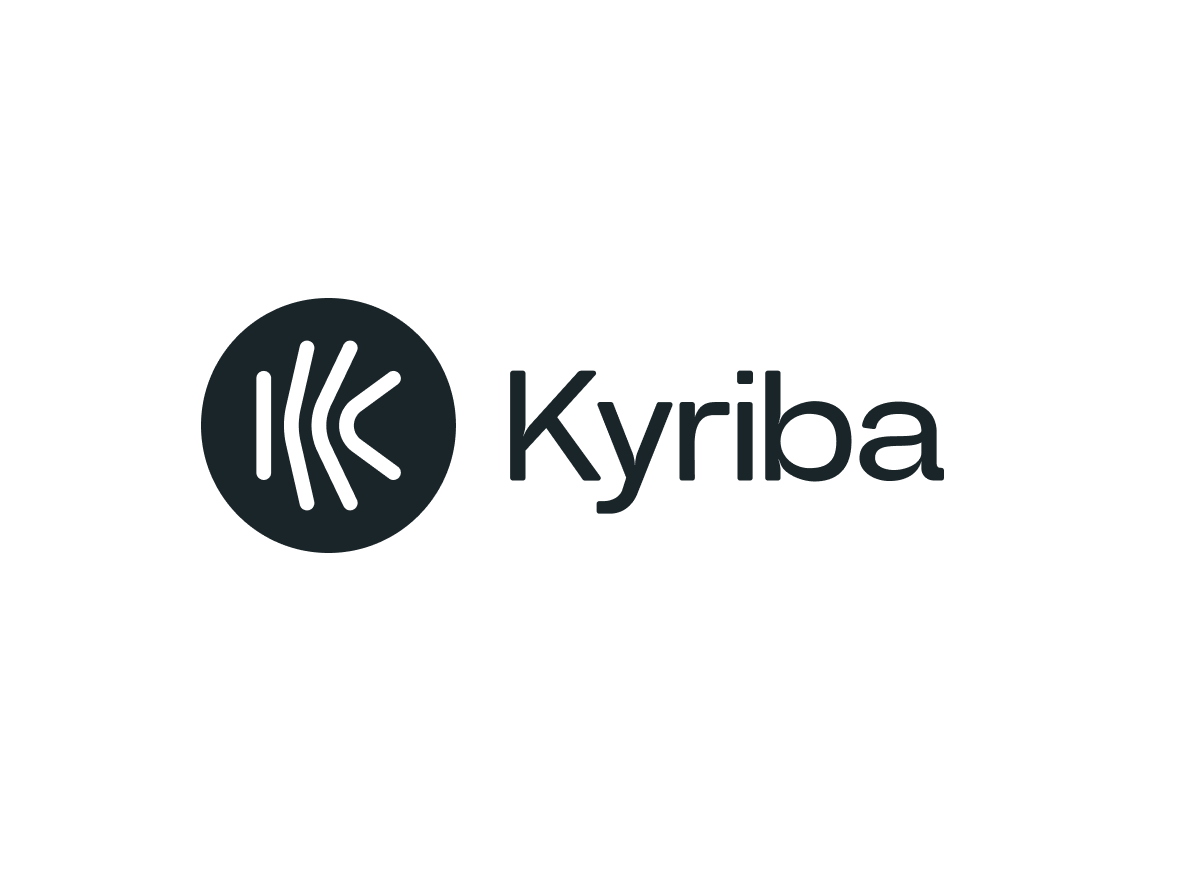Blog
Real-time Payments and Large Value Payment Systems

The world of payments is interconnected. Innovations don’t happen in isolation, and often depend on what we are deeply familiar with. It’s a mistake to either completely overlook an innovation or consider it to be an end-all, be-all. Real-time payment1 is one such innovation. It has deep interdependence with the traditional Large Value Payment Systems (LVPS)2 and it may influence their evolution for the benefit of customers.
In this blog I will outline different flavors of settlement3 models used for real-time payments, explain how they work, and their operational implications on the traditional LVPS system. I use specific examples to illustrate my point with a focus only on the back-end interbank settlement.4 I also list the key points I cover in this blog for your quick reference.
Summary of Key Points:
- Real-time payments1 are not evolving independently of the current payment systems
- These modern payment systems create interbank settlement4 obligations that are fulfilled by traditional LVPS2 (e.g., FedWire in the US, CHAPS in the UK)
- The choice of interbank settlement model by these systems determines the extent to which the traditional payment systems must evolve to support faster payments
- The specific choices made by the real-time payment system in some cases can influence the operating hours of the LVPS2 or the evolution of satellite systems. In other cases, there may not be any immediate impact.
- Overall, the influence is net positive for corporates as different design choices drive trust in real-time payment systems and bring improvements to the region’s LVPS2
- Faster payments1 will complement and not entirely replace traditional electronic payment types for Corporates
- Corporates should consider introducing real-time payments to their payment mix to drive tangible benefits
Faster Payments Settlement Models
In my previous blog, I alluded to the two settlement3 models used by the faster payment systems – real-time and deferred settlement. In both models, the payer and payee see their accounts debited and credited in real-time or on a near real-time basis. The difference is in how the back-end interbank settlement4 happens.
In the case of the real-time model, the back-end interbank settlement4 happens in line with the movement of money from payer to payee. In the deferred model, there is a lag between the time of credit/debit in the end-user accounts and the back-end interbank settlement.4 A significant lag between the front-end and back-end creates credit risk.5
The settlement3 models use master and joint accounts at the central bank for supporting the public and private sector systems. For example, the Federal Reserve uses a master account to centralize the depository institution (DI) relationship, including its upcoming FedNowSM service. The funds held in the master account count towards DIs’ reserve requirements6 and earn interest.7
For private sector real-time payments, such as The Clearing House (TCH)’s Real Time Payments (RTP®) network in the U.S., there are special joint accounts at the Fed. The account owner is the funding participant/funding agent,8 along with TCH9 as the sole agent of the account. In contrast to a master account, funds held in the joint account do not count towards a bank’s reserve requirements and do not earn interest.10
The Prefunded Real-time Gross Settlement (RTGS) Model
The RTP® network in the U.S. is a private-sector example of a prefunded real-time gross settlement (RTGS) model.11 Prefunded means that the sending FI has to provide upfront funds in the joint account held at the Fed.12 RTGS means that interbank settlement happens at the atomic transaction level. In the simplest terms, three ledgers are updated for every transaction. The first two are the individual ledgers of the banks to reflect credits/debits on their respective customer accounts at the bank. The third ledger is the network’s ledger to reflect the credits/debits on the joint accounts of the sending and receiving banks. The pre-funded joint account provides the necessary funds and eliminates credit risk.5
RTP® participants use the local LVPS2 (i.e., FedWire) in three scenarios:
- Initial pre-funding of the joint account
- Supplemental funding when the sending bank account is below the limit set by the network
- Withdraw excess funds over the network’s limits.
The funding events can only happen during the limited FedWire operating window.13 To meet its liquidity needs over weekends and holidays, the network operator has many design choices. The one implemented by RTP® involves providing tools that enable a FI to manage their liquidity. RTP® allows FIs to manage normal and low watermarks that are set by the network based on information provided by the FI. The low watermark triggers an alert for the FI. The purpose of a normal watermark is only to prevent many alerts from being sent out to the FI in a short period of time. An FI must manage its liquidity to prevent payments from being rejected by the network.
The implication is that the local LVPS2 (i.e., FedWire) or a satellite system extend its hours of operation to meet the evolving liquidity needs for real-time payment systems. In its November 2019 letter to the Fed, TCH expressed the need to extend FedWire operating hours. The Fed has responded to the need as part of its real-time payment system FedNowSM.
RTGS Without Prefunding
FedNowSM, slated for launch in 2023, is an RTGS model that relies on the FIs or its correspondent’s master account with the Fed. Besides managing their reserve requirements with the Fed, the participating FIs will need to manage liquidity needs for instant payments. Technically, there is no need to pre-fund as the network participants use the reserves held in the master account for interbank settlement.
Like RTP®, a bank’s need for liquidity for FedNowSM can arise on holidays or over the weekends, which is outside of the FedWire operating window. Historically, during the FedWire operating window, the Fed has provided liquidity in the form of intraday credit or “daylight overdrafts”.15 The Fed will provide access to intraday credit for FedNowSM during its business day16 under the same terms and conditions as other Fed services. The banks still have the obligation to manage their master account in compliance with Fed policies (e.g., avoiding negative balance at the close of the business day to avoid overnight overdrafts). F
edNowSM’s Liquidity Management Tool (LMT), a satellite system, separate from FedWire, will enable FedNowSM and RTP® participants to complete high-dollar value liquidity management transfers between the master accounts and joint accounts outside of the FedWire operating window. Almost 90% of RTGS-based real-time payment systems whether they require prefunding or not have liquidity management tools.
Deferred Net/Gross Settlement
A deferred settlement model implies that at some point(s) during the day, the network determines the “net” or “gross” positions for all participating institutions and settles those positions using the local LVPS.2 The UK’s Faster Payment System (FPS), operates on a deferred net settlement model.14 South Africa’s RTC operates on a deferred gross settlement model. In either case, a deferred settlement model inherently leads to the accumulation of credit risk5 over weekends and holidays.
The UK FPS operates three interbank clearing cycles on each working day. The settlements occur across accounts held at the Bank of England by members of the Clearing House Automated Payment System (CHAPS), a FedWire equivalent in the UK.
The UK FPS handles the credit risk5 accumulation via liquidity and loss-sharing agreement.14 The agreement creates a joint liquidity pool with contributions from participating banks. A similar agreement would likely have been near impossible in the U.S. because of the high complexity of the U.S. banking ecosystem.
Such liquidity and loss-sharing agreements in deferred settlement models limit the operating hour implications on the LVPS2 or satellite systems.
Payments Innovation
A central bank’s decision to modernize its LVPS2 is subject to industry demand and its assessment of associated risks. For instance, the Bank of England is consulting the industry to determine the operational needs for LVPS2 (i.e., CHAPS). The long-term need for real-time payment will likely be an important consideration in the central bank’s decision. Corporations should view innovation in payments in the context of the broader payment ecosystem.
Kyriba is here to help corporates navigate the payment ecosystem and get the most value from their investment in payment modernization. Check out our real-time bank connectors to see if we can already enable instant payments for you. Or visit our dedicated web page for more information on this important topic. If you are ready to discuss the next steps to add real-time payments to your payment mix, simply contact us!
Footnotes:
- The term faster payments and real-time payments are often used interchangeably. Committee of Payments and Market Infrastructures (CPMI) defines Faster Payments as payments in which the transmission of payment message and the availability of final funds to the payee occurs in real-time or near-real-time and on as near to a 24-hr and 7-day (24/7) basis as possible.
- BIS defines Large Value Payment Systems (LVPS) as funds transfer systems that typically handle large-value and high-priority payments
- Settlement is the step in a transaction that discharges obligations in respect of funds or securities transfer between parties
- Interbank settlement resolves the financial obligations between institutions created as a result of payments made by consumers, businesses, and governments
- Credit Risk refers to the risk of financial loss that may result from the inability of a party involved in a transaction to fulfill its obligations; the parties relevant to interbank settlement are sending FI, receiving FI, and the faster payment network.
- Regulation D (Reserve Requirements for Depository Institutions, 12 CFR Part 204) outlines the reserves that depository institutions have to hold in their master account with the central bank to ensure that the institution is able to meet its liability in case of sudden withdrawals; Federal Reserve uses reserve requirements as a means of increasing or decreasing money supply in the economy and influencing interest rates.
- Interest on Reserve Balances (IORB) is set by the Federal Reserve Board of Governors
- The participating bank can take the responsibility of funding and managing positions in the RTP network’s joint Federal Reserve bank account (i.e., Funding Participant) or rely on a third party to do so on its behalf (i.e., Funding Agent). Smaller banks and credit unions typically rely on Funding Agents.
- The Clearing House (TCH) is a consortium owned by the largest commercial banks in the US; TCH operates payment networks including Automated Clearing House (ACH), Real-time Payments® (RTP®), and Clearing House Interbank Payment System (CHIPS)
- Federal Reserve’s guidelines for evaluating joint account requests outline the factors that Federal Reserve considers to determine whether a joint account opened at the central bank will be treated as reserves; in its letter to the Federal Reserve (Nov 2019), TCH submitted a request that the funds held at the RTP ® joint accounts be (a) treated as reserves (b) earn interest (c) extend FedWire operating hours
- RTP settlement model and reconciliation for funding participants, 2020
- RTP ® Prefunded Requirements for Sending Participants
- The Fedwire Funds Service operates 22 hours each business day beginning at 9:00 p.m. Eastern Time (ET) on the preceding calendar day and ends at 7:00 p.m. ET each business day, Monday through Friday, excluding designated holidays.
- Payments, clearing and settlement systems in the United Kingdom, Risk Management, Page 456
- Daylight overdraft occurs when an institution’s Federal Reserve account has a negative balance at any point during the Fedwire operating day
- Federal Reserve, FedNowSM, Sep 2, 2022












